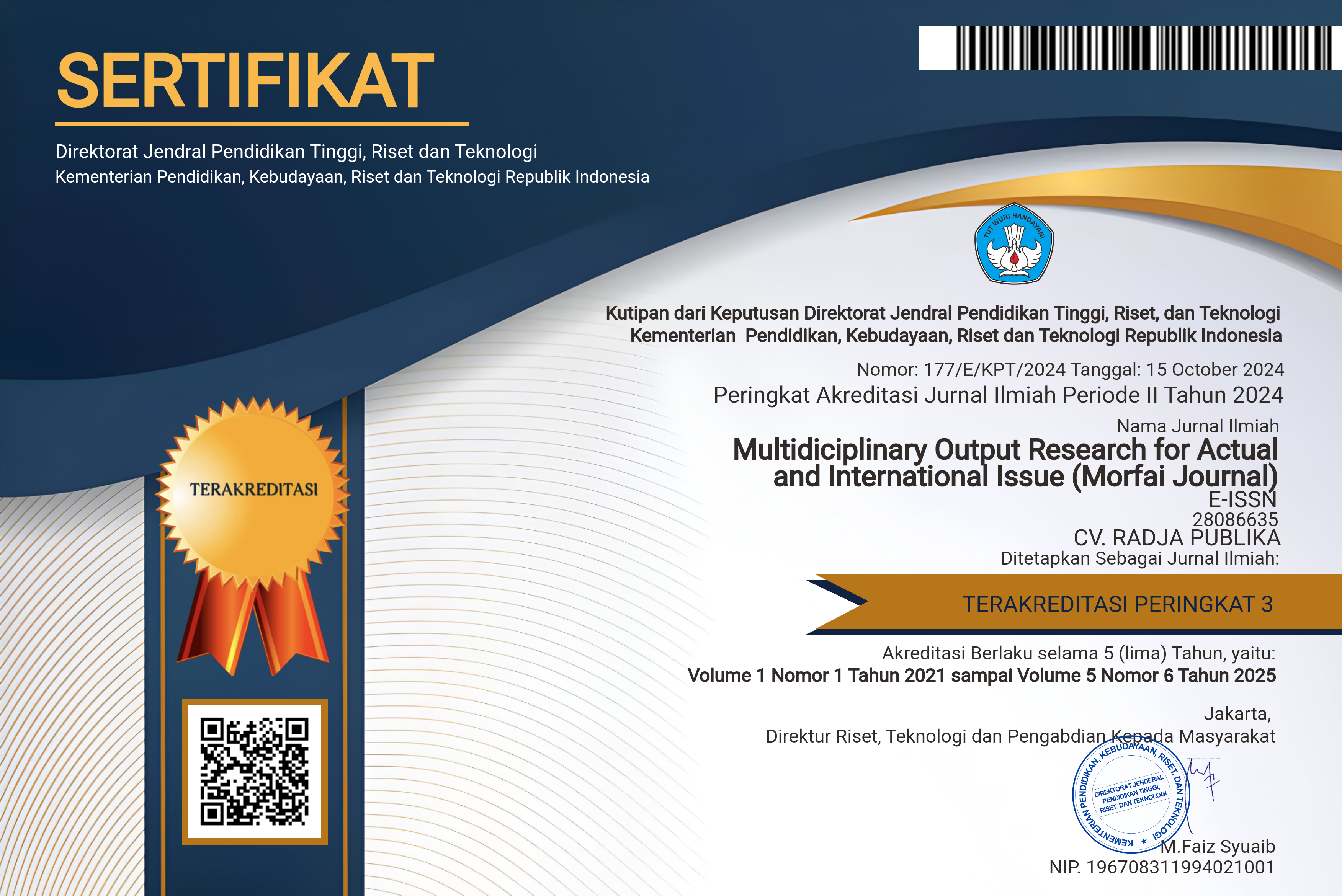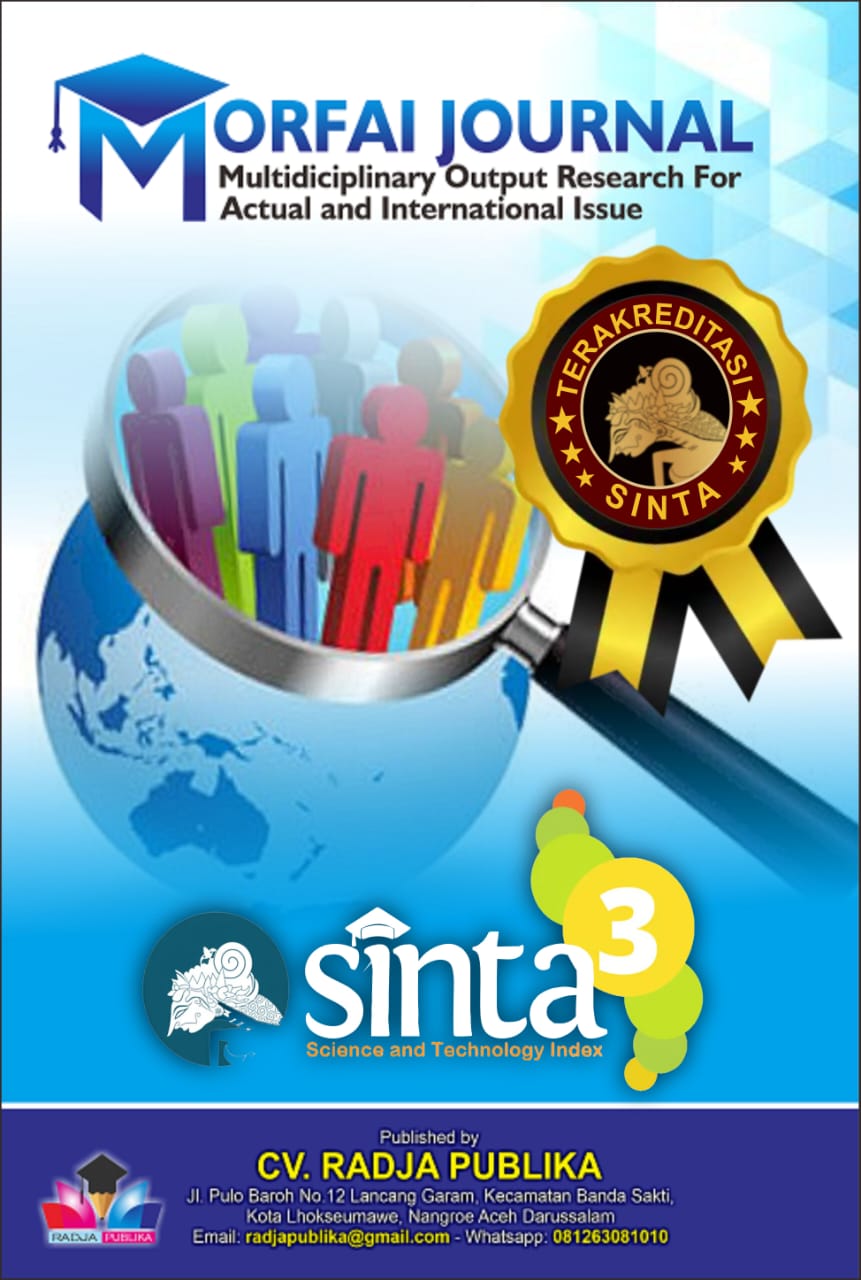PROPOSED EMPLOYEE INFLUENCER PROGRAM TO STRENGTHEN EMOTIONAL ENGAGEMENT IN GOVERNMENT COMMUNICATION A CASE STUDY OF WEST JAVA PROVINCIAL GOVERNMENT
Main Article Content
Cindy Intan Audya Putri
N. Nurlaela Arief
This study proposes an employee influencer program aimed at strengthening emotional engagement within government communication, focusing on the West Java Provincial Government as a case study. Recognizing the critical role of emotional connection in enhancing employee motivation, trust, and organizational culture, this research explores how employee influencers can serve as authentic communicators to foster deeper engagement both internally and externally. Employing a qualitative research design with a library research method, the study systematically reviews existing literature, government communication policies, and case studies on employee advocacy and influencer strategies in public sector organizations. Through content analysis, key themes such as trust-building, authentic communication, leadership support, and social media governance are examined to understand the factors that contribute to successful employee influencer programs. The findings suggest that well-structured influencer initiatives, supported by clear guidelines and continuous training, can significantly improve emotional engagement, enhance transparency, and build stronger relationships between government employees and stakeholders. The study highlights the importance of aligning influencer activities with organizational values and communication objectives to maximize impact. This research contributes to the growing body of knowledge on internal communication strategies in government institutions and offers practical recommendations for designing and implementing employee influencer programs to achieve sustainable emotional engagement. Future research is encouraged to empirically validate these findings through field studies and stakeholder feedback.
Arief, N. N., Gregory, A., Pangestu, A. B., Ramdlany, D. M. A., & Sanjaya, I. M. A. (2022). Employee influencer management: evidence from state-owned enterprises in Indonesia. Journal of Communication Management, 26(2), 166–186.
Block, P. (2018). Community: The structure of belonging. Berrett-Koehler Publishers.
Boonprakong, N., Tag, B., Goncalves, J., & Dingler, T. (2025). How Do HCI Researchers Study Cognitive Biases? A Scoping Review. Proceedings of the 2025 CHI Conference on Human Factors in Computing Systems, 1–20.
Brockhaus, J., & Zerfass, A. (2022). Strengthening the role of communication departments: A framework for positioning communication departments at the top of and throughout organizations. Corporate Communications: An International Journal, 27(1), 53–70.
Brockhaus, J., & Zerfass, A. (2024). Corporate influencers. In Elgar Encyclopedia of Corporate Communication (pp. 426–432). Edward Elgar Publishing.
Criado, J. I., & Gil-Garcia, J. R. (2019). Creating public value through smart technologies and strategies: From digital services to artificial intelligence and beyond. International Journal of Public Sector Management, 32(5), 438–450.
Darmini, A. M. M. (2021). Internet and the public sphere in the Indonesian Islamic boarding schools (Pondok Pesantren): power, piety, and the popular. University of Warwick.
Edelman, R. (2020). Edelman trust barometer 2021. Global Communications Firm “Edelman” Available from: Https://Www. Edelman. Com/Trust/2021-Trust-Barometer [in English].
Enworo, O. C. (2023). Application of Guba and Lincoln’s parallel criteria to assess trustworthiness of qualitative research on indigenous social protection systems. Qualitative Research Journal, 23(4), 372–384.
Fang, K. (2023). The social movement was live streamed: a relational analysis of mobile live streaming during the 2019 Hong Kong protests. Journal of Computer-Mediated Communication, 28(1), zmac033.
Fang, X. (2021). Conceptualising and measuring destination brand equity: the tourists’ perspective. University of Glasgow.
Greer, S. L., King, E. J., da Fonseca, E. M., & Peralta-Santos, A. (2020). The comparative politics of COVID-19: The need to understand government responses. Global Public Health, 15(9), 1413–1416.
Kader, M. S. (2023). Effective Storytelling in a Fashion-Based Crowdfunding Campaign: The Impact of Narrative Temporality Narrative Appeal and Mental Simulation on Crowd-Funder Engagement. Auburn University.
Kaur, R. (2019). Examining the Relationship of Employer Branding with Organization Culture and Employee Brand Equity. Institute of Management, NU.
Martell, R., Reade, M., Boesch, L., Kaur, D. P., Kumar, S., McArthur, M., & Maar, M. A. (2025). The role of narratives in promoting vaccine confidence among Indigenous peoples in Canada, the United States, Australia, and New Zealand: a scoping review. International Journal for Equity in Health, 24(1), 63.
Newman, N. (2018). Journalism, media and technology trends and predictions 2018. Reuters Institute for the Study of Journalism.
Parks, P. (2023). Story circles: A new method of narrative research. American Journal of Qualitative Research, 7(1), 58–72.
Slovak, P., Antle, A., Theofanopoulou, N., Daudén Roquet, C., Gross, J., & Isbister, K. (2023). Designing for emotion regulation interventions: an agenda for HCI theory and research. ACM Transactions on Computer-Human Interaction, 30(1), 1–51.
Toff, B., & Mathews, N. (2024). Is social media killing local news? An examination of engagement and ownership patterns in US Community news on Facebook. Digital Journalism, 12(9), 1397–1416.
Voina, A., & Stoica, M. S. (2023). Reframing Leadership: Jacinda Ardern’s Response to the Covid-19 Pandemic. Media and Communication, 11(1), 139–149.
Wimmer, A. (2016). The Jakarta Sarinah Attack, 14 January 2016-The Khilafah is Coming? Deutsches Asienforschungzentrum.
Wolff, D. (2024). Storytelling as Research Methodology and Pedagogy: Connecting the Researcher and Practitioner through Narrative Inquiry. The Interactive Journal of Global Leadership and Learning, 3(3), 3.









